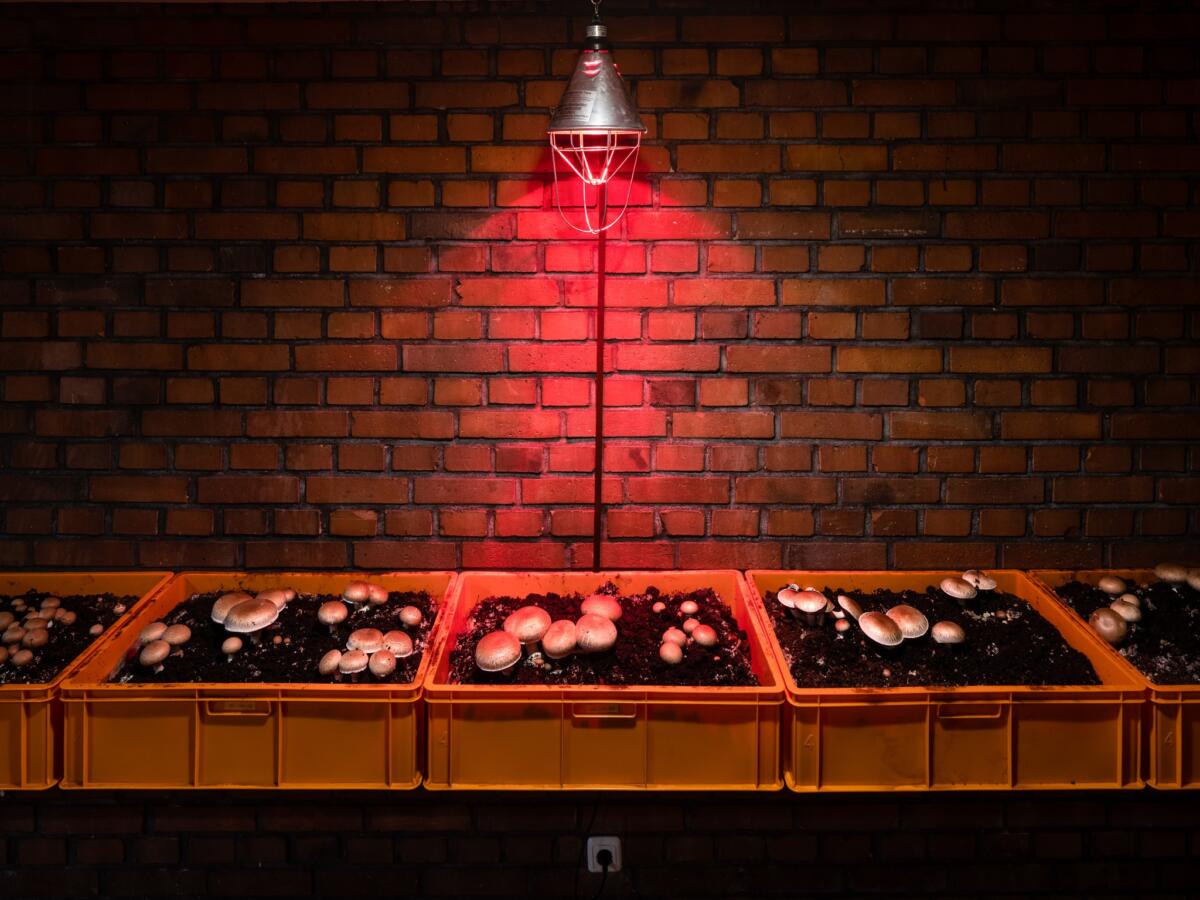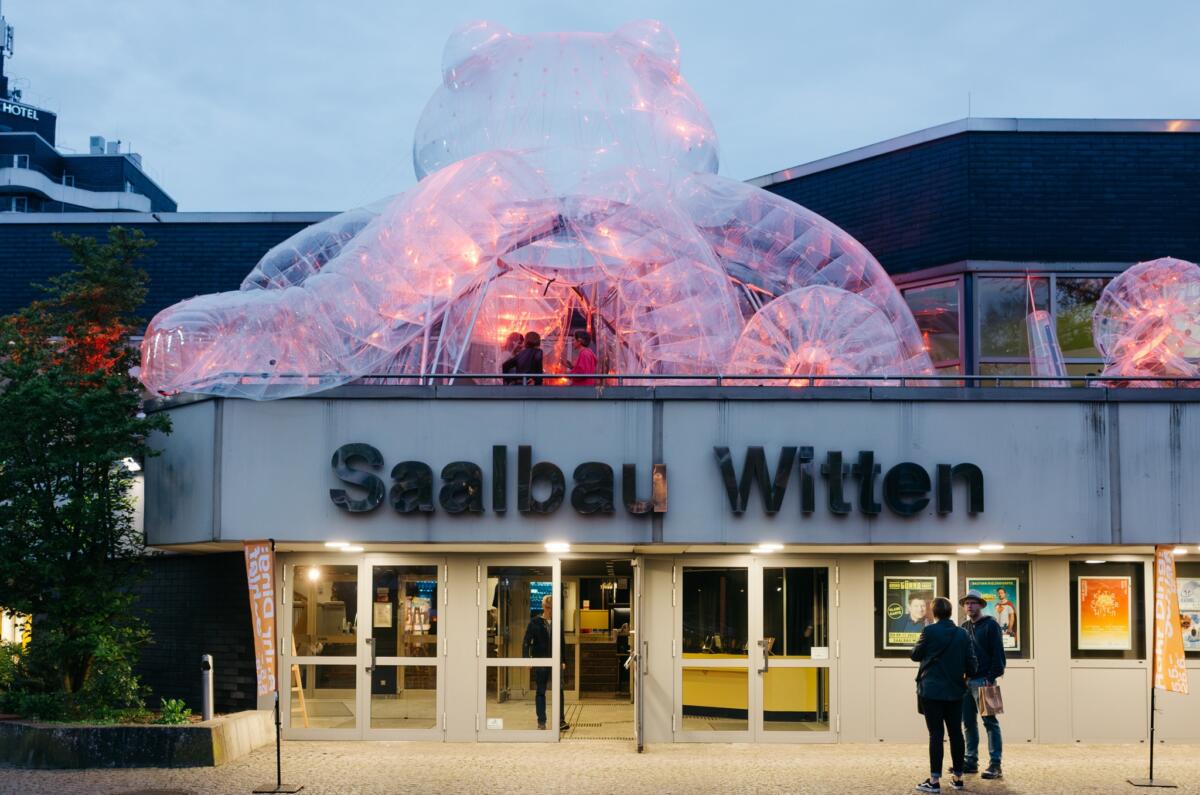
Vera Zalutskaya: Dear Britta, you have been the artistic director of Urbane Künste Ruhr since 2018, which was also the year when the last mine closed in the Ruhr Area. Have you noticed any transformations in the art scene in the region since then? How does the local art scene look now?
Britta Peters: The Ruhr Area is a region with five million inhabitants. It consists of 53 cities which are really close to each other, and the mining and steel industries were always crucial for the local identity. But starting in the 70s, when the first mines closed and the steel factories left, there became a kind of search for new identity and new jobs. And there were some really important cultural events pushing it and coming along with it. One was Emscher Park in the 90s and another one was Culture Capital in 2010. And through these initiatives, for all the 53 small cities, which share the same or very comparable industrial history, something like a more regional common identity was announced, let’s put it that way. For example the application for the Culture Capital came from a city called Essen, but it was called Essen for the Ruhr area. There is currently, and always was, a huge amount of cultural production in the region, especially in the field of theater. Almost every city has its own city theater and they’re often creating really good programming. Same with the museums and big festivals. Urbane Künste Ruhr is sharing the administrative umbrella, for example, with the Ruhrtriennale. This is a festival which started over 20 years ago with performance and theater, referring to the industrial heritage by using the former industrial venues. But we don’t have a real art school, except for a smaller one in Essen. There is a good art scene here but it could maybe be bigger. Of course, institutions like Urbane Künst Ruhr are always supporting local artists; we have a big network of artist-run spaces like Makroscope or Neue Essen Kunstverein. Some artists are already coming here because in other cities, like Berlin or Hamburg, rents are super high and the possibilities to have some free space are very low. But people are different: some of them always stay where the crowd is and others are more open to experience situations which are a bit more new to discover.
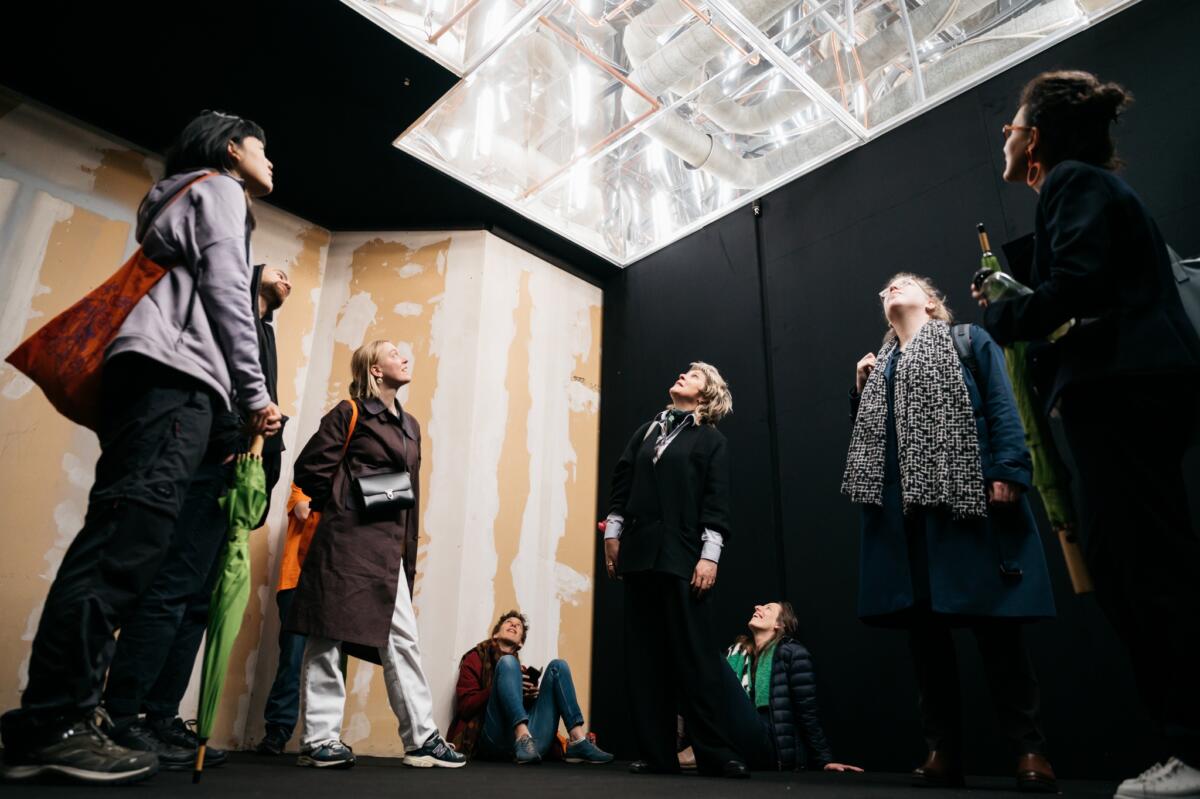

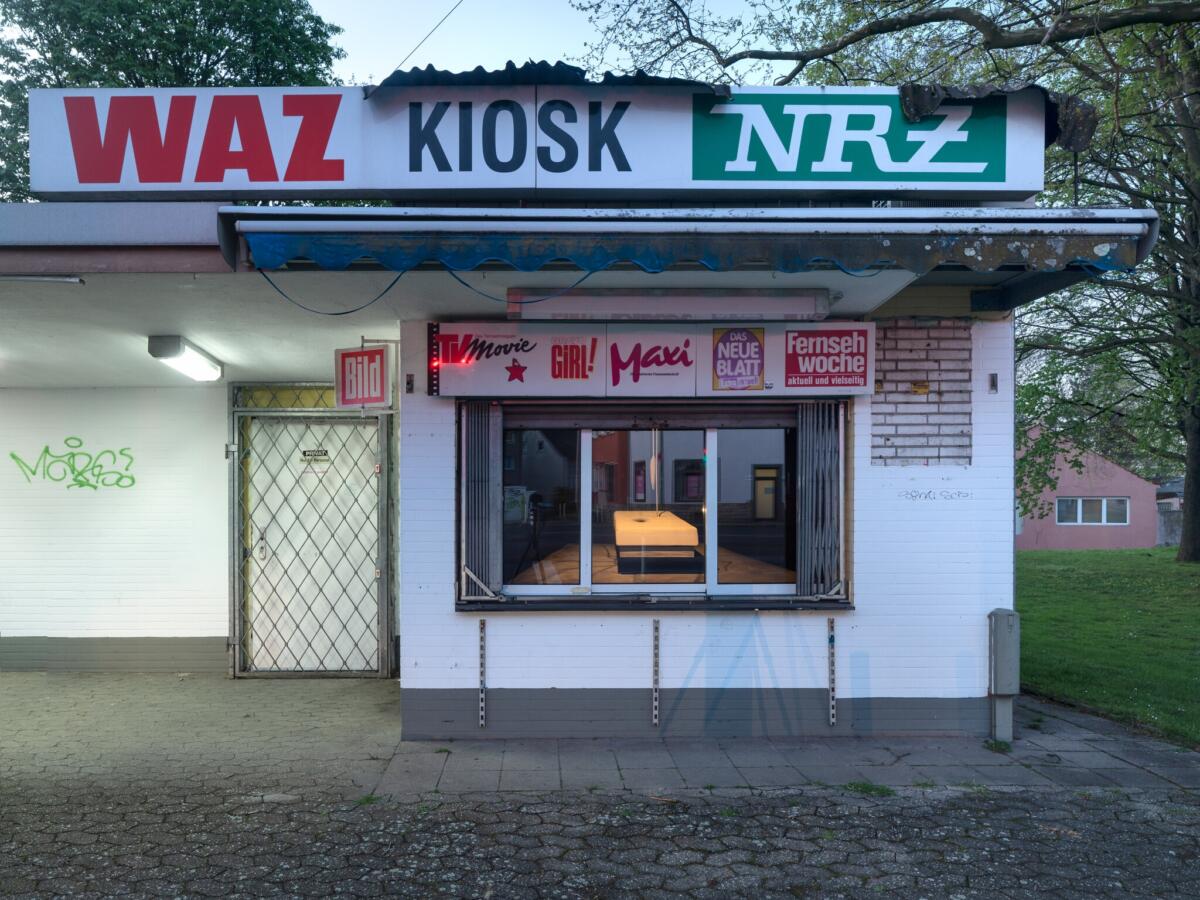
What does the name Ruhr Ding mean? I was trying to translate it but I failed 😊
There is a bit of German wordplay here. “Ding” means thing. But in a more ordinary language, for example, when people don’t know exactly what they mean, they say it’s the “das Ding da”. Here everything has “Ruhr” in the title. You know, every hairdresser, everybody has this “Ruhr” application to point out that it’s about the whole region and less about the cities. Some people get really confused by that. So “Ruhr Ding” means “Something with Ruhr” on one hand, because if you don’t exactly know what you’re talking about in connection to the region, you would say it’s “Ruhr Ding”. But on the other hand, the term “ding” also has a big philosophical reference. You can find it in museum theory, or in the writing of Freud or Heidegger. So there is a lot of content in the “ding” within philosophical discourse. But it’s also a bridging term, a very easy going, or a bit of a nonchalant word as well.

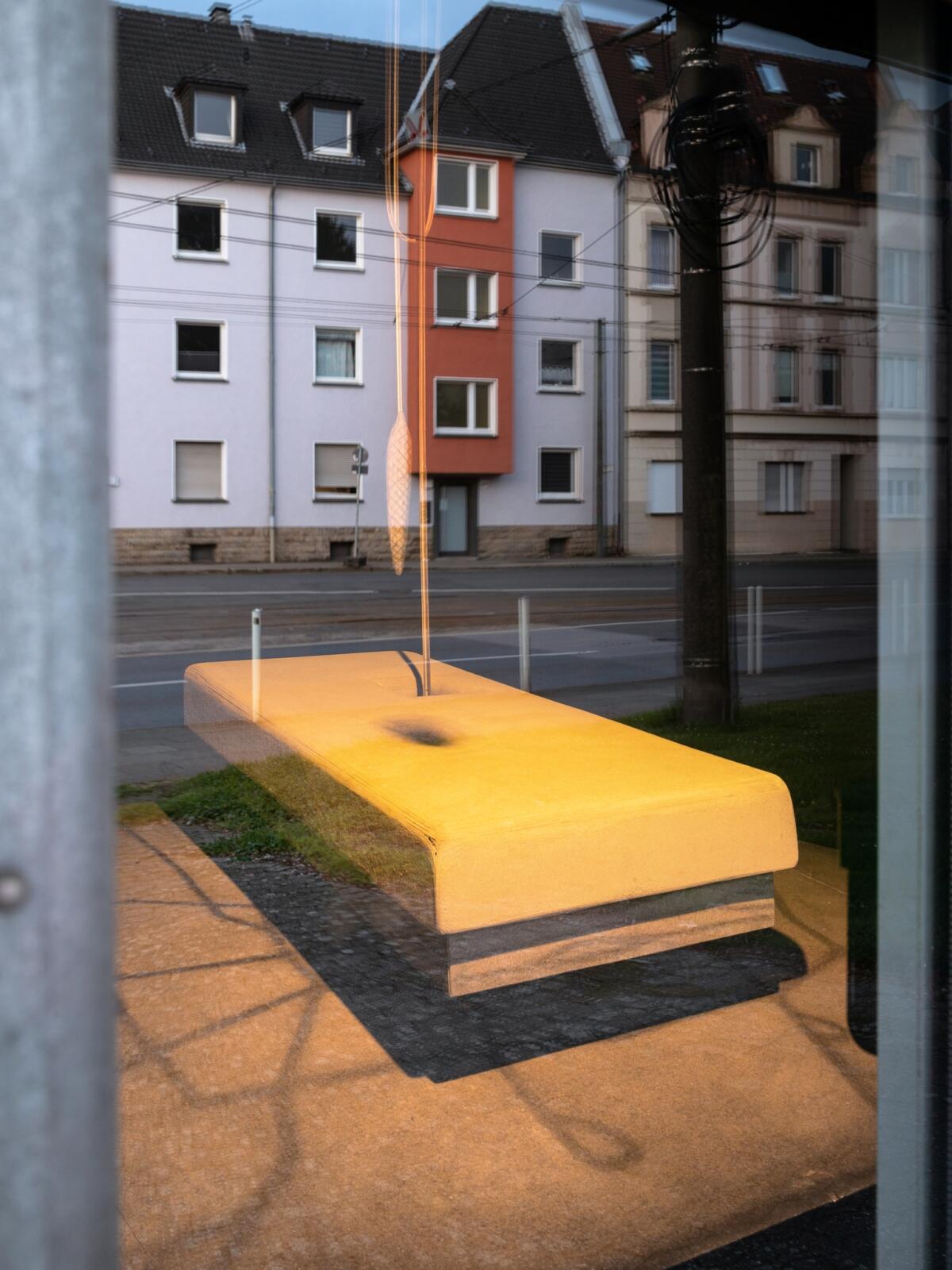


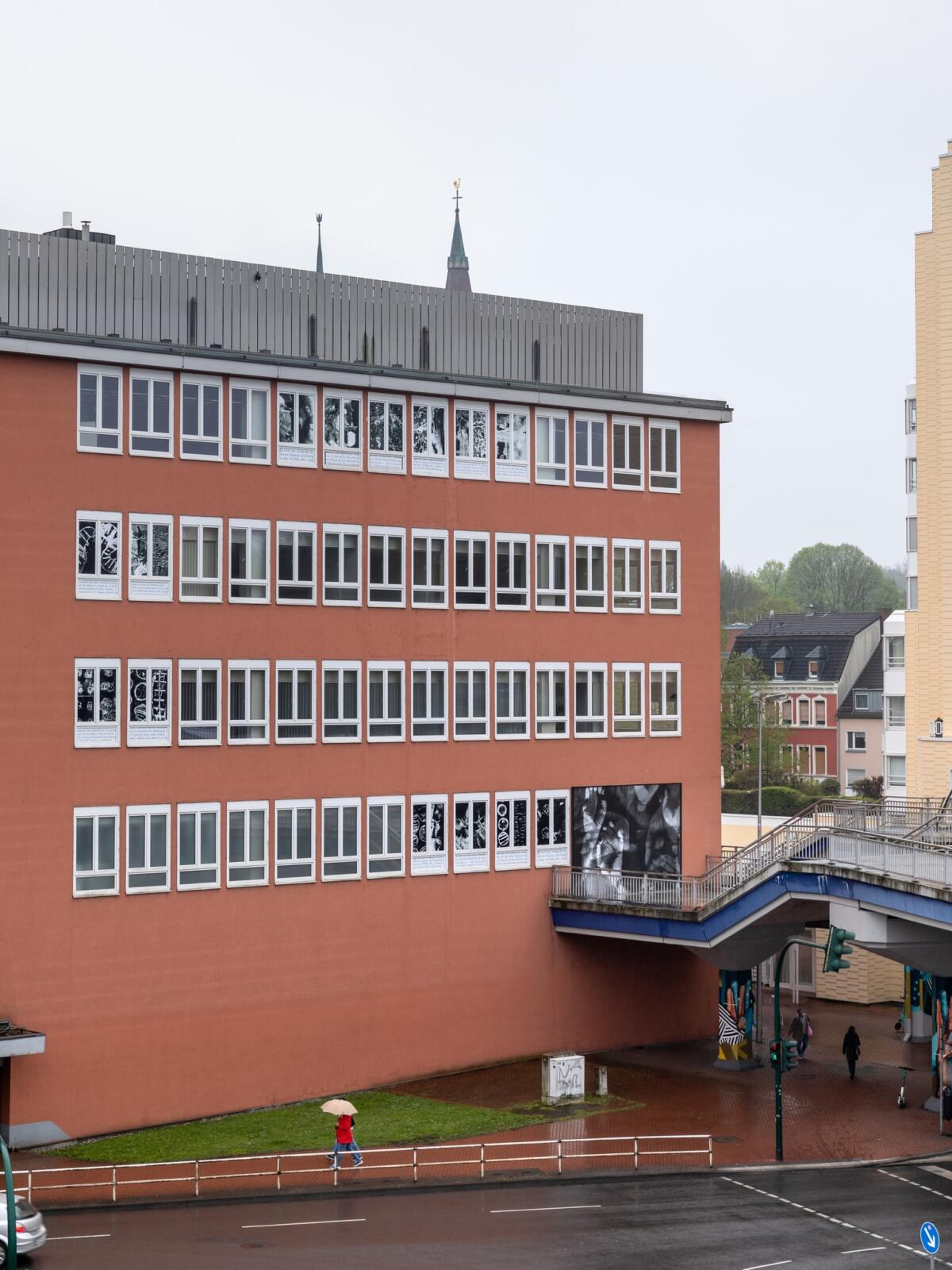

This project is temporary. What is its main idea and why does it have three chapters?
Because of the topics. I always choose a theme which is connected to the area and at the same time has the potential to be important globally. For example, Ruhr Ding: Territorien, in 2019, was about the relationship between identity and territories. Aspects of territory and identity are very close to the Ruhr Area because these cities are constantly in competition with each other. And 2019 was also the year of Brexit. Europe was about to fall apart and we had rising nationalism everywhere. So the regional problem was on one hand locally fixed as a theme, but on the other hand was also very interesting from a global perspective, with really strong discourse all around. With Ruhr Ding: Klima (climate) it was the same. Since we are in the post-industrial region, the nature here has been ruined by the industrial activities from the past, especially the North, where the last mine closed in 2018. And so we went with the edition devoted to climate in 2021. This part of the region is more poor and more destroyed than the South, where the mining started, despite the mines having been closed already in the 60s, so nature has had much more time to recover. The environmental situation of course is connected to global warming and has a bigger picture in terms of environmental politics. But for me, climate is not only an ecological issue but also social. So this edition was about the relationship between the ecological situation and the social situation, the problem of unemployment and lack of perspectives. And for Ruhr Ding: Schlaf (sleep), we went to the South because it’s more calm. When the machines stopped working over here, people were worried that it was going to become a sleepy area. It is a local theme because it’s connected to the idea of eight hours sleep, which was introduced alongside the eight hour shift of industrial work. It’s about our relationship towards the body and our relationship towards time, because the pressure to capitalize on each moment of living in the neoliberal condition is quite strong. There are attempts to optimize sleeping periods, that you can maybe learn while you sleep, or you can collect some data about your sleeping body. And then we have all these kinds of ideas about dreams and nightmares, of being awake or being sleepy in psychoanalysis, the dream-sharing rituals. In the end, sleep is a moment of resistance somehow towards the neoliberal idea of creativity, of being awake and using every minute to come up with new ideas. And for three editions of Ruhr Ding I think it’s hugely complex. Firstly we had territory, which is the ground that we work on (and beneath!), then climate, which is the air, or what gives life, and finally sleep, which connects back to the basic rhythm of the body. So for me it felt quite complete as a trilogy, all these three elements generate and sustain life.
I’ve read in the project’s magazine that you concentrate more on long term collaborations and commissions. Why do you choose such an approach?
I’m very interested to give artists the possibility to produce new artworks because I think this is a chance to hear their voices. We offer the artists quite a loose frame and do not decide upfront what has to be done. With the current edition we told them that sleep is the umbrella and it’s in the south of the Ruhr Area, but nothing more was fixed. Each of the artists had his / her / their own interpretation and interest in how to work with this situation. For example, Yuri Pattison, I invited him because of his extremely interesting approach to analyzing digital culture today. And then we found this abandoned part of the water company where he set up this really site specific project dealing with questions of the digital, but also with questions of the climate crisis, where one can have a lot of associations also towards dreams and sleep. Or, Joanna Piotrowska; she was quite overwhelmed in the beginning with the idea of working with vitrines. She said that she would like to have these enlarged parts of the body but she never tried out before how this would look. We were completely interested to see how it was going to work and so I told her that we were sharing the risk to try out a new thing in her artistic practice. And she did a beautiful work, very melancholic and very interesting with this low-fi atmosphere of the abandoned department stores. There were references to craftsmanship of how to design a vitrine and of course, the surrealistic tradition of working in vitrines.
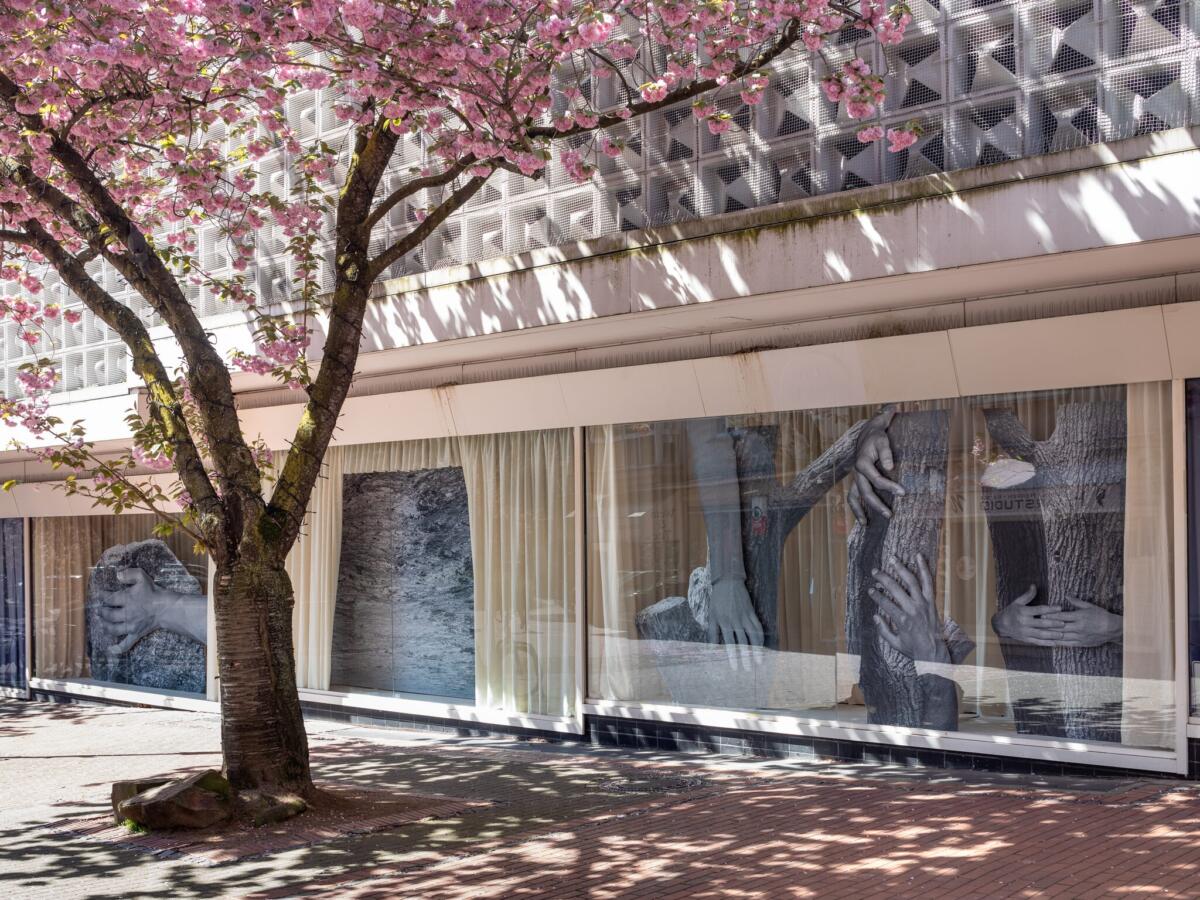
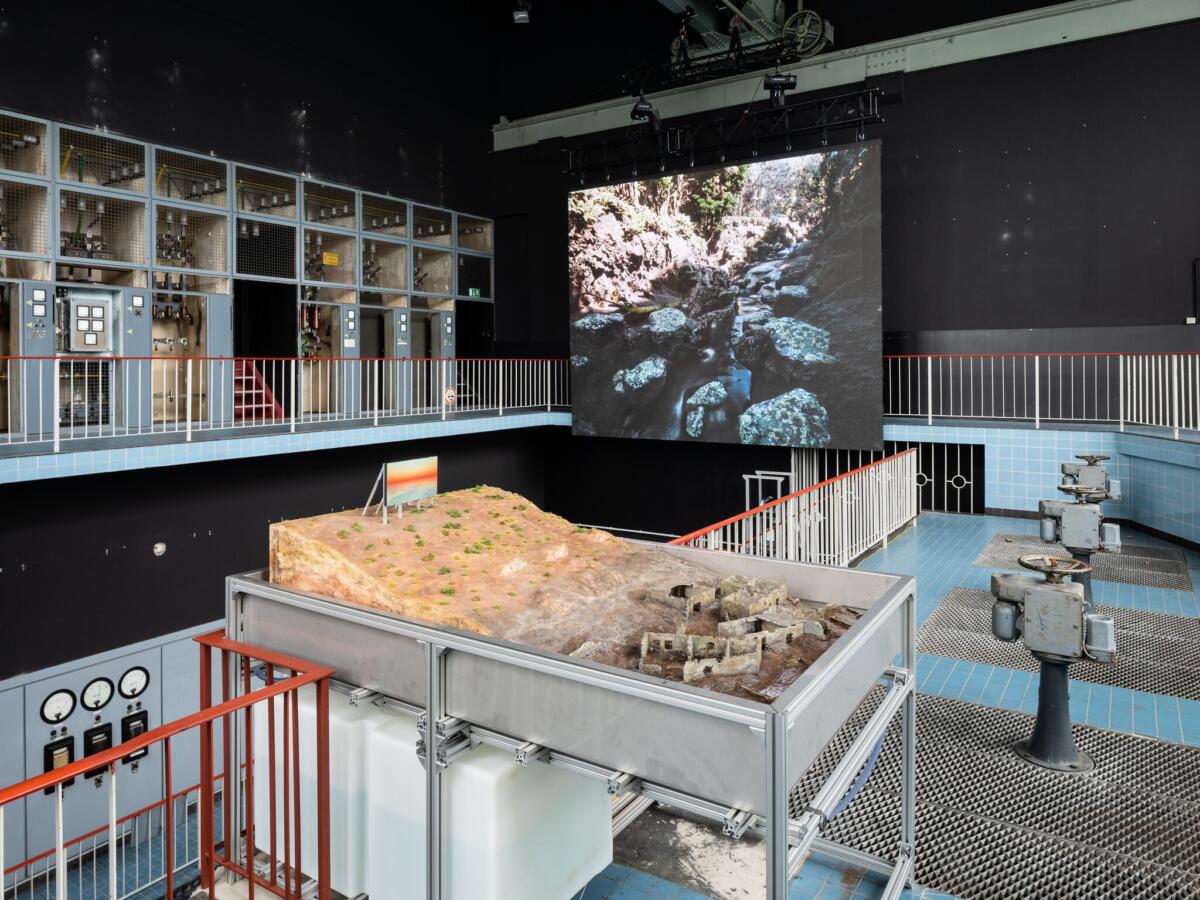
There was an amazing possibility to discover local architecture as well, like in the case of visiting the flat in the steele district of Essen, where Alicja Rogalska’s project was shown. She prepared quite a large project, how did the working process look?
Alicja Rogalska’s work was produced in collaboration with Manifesta in Prishtina. They asked Urbane Künst Ruhr if we should do something together because Manifesta is coming to the Ruhr Area in 2026. We contacted Alicja and she did some research about these so-called “brother houses” (homes built to increase a sense of masculine solidarity by appearing the same externally) in Kosovo, where the construction business plays a main role. She decided to prepare a feminist answer to the brother houses and called it Sister Flats. The first sister flat in Kosovo focused on women and finances because there is a huge problem of financial insecurity for women in Kosovo, who for example, separate from their husbands. Everything they built together belongs to the man in the end. For the project, Alicja did interviews with feminist NGOs in Kosovo, among others. The legal situation in Ruhr is different of course. In Germany, women’s rights are more fixed and there are also a lot of institutions that you could call for help in case of emergency. So she shifted the focus a bit, continuing the original idea of having an exhibition in an apartment, which is the space of privacy, and she stressed the feminist point of view on city planning and architecture. Alicja said that she can imagine continuing this project in other places and I think that would be super interesting, to follow how a site-specific work with a kind of fixed setting changes with each new city and situation.



On the other hand, there was the work by Irina Haiduk which started before Ruhr Ding and which will last longer than the rest of the exhibition. Where did the decision to keep this one piece for a longer period of time come from?
I invited Irina Haiduk already in 2018, she came for some site visits and in the end she decided that she wouldn’t be interested in something temporary, but would be more into a long term project. And I was open for this discussion because I also felt that sometimes it’s very difficult to set up projects in public space and then two months later to deinstall it. Irina brought in an idea to have a public oven and also a public spa, and to try to see if this could work as a new kind of public institution. And then we found this abandoned church in Gelsenkirchen, which is very close to the Emsher art trail, where we have permanent artworks. As a result, Healing Complex (2018 ongoing) by Irina Haiduk, is not only part of the temporary show, we also offer people to go there and to take this project as part of the permanent sculpture path, even if it’s a social sculpture and it’s not totally permanent because we don’t know how long we can support it.
And can you tell a bit more about this permanent sculpture collection, how it appeared and from where the works are coming?
This also started with the Culture Capital. There was a temporary show called Emscherkunst in 2010 and another one in 2013 and one more in 2016. These temporary shows were part of an attempt to redefine the river Emscher. Because of the mining there were too many movements underground and the river couldn’t go underneath the earth. It was only in the beginning of the 21st century that a new construction for the wastewater under the soil was made, so it became possible to have the river above and to renaturalize it. When I took over Urbane Künste Ruhr, I was asked to make another temporary show. At that moment, the 30-year conversion of the Emscher area and the river was almost finished. I felt another temporary show might have limited freedom in terms of places and content, and I proposed to treat the leftover art works from former editions of Emscherkunst as the beginning of a permanent sculpture path. I convinced our cooperation partners that we should take care of them, set up a new website and add some more permanent sculptures. We started to communicate this not as Emscherkunst but as Emscherkunstweg, which now means the sculpture path, which has approximately a hundred kilometers. This was the beginning. And then we invited Julius von Bismarck and Marta Dyachenko, for example, and they made an amazing new work, or David Jablonowski or Nicole Wermers. And now we have two more new permanent artworks to come. So this is like a really nice, interesting project. You can also sleep there. There are two places where you can stay and you can also go there by bike. It’s super nice and it’s very rough, of course, because you travel alongside a former wastewater canal, but it doesn’t smell anymore.
The issue of transformation of the region was present in Know Your Stones, the film by Katarina Jazbec prepared for Ruhr Ding: Schlaf. The artist worked closely with the local community, where did the project idea come from?
I previously saw a film by Katarina Jazbec called You Can’t Automate Me, where she was focusing on workers in the harbor of Rotterdam who do the work which cannot be automated by machines. And these men, they’re all men, have often been homeless before or are coming from prison. So they are really heavy characters and they are doing super dangerous work, like bringing the containers from the ship. Katarina is quite a young artist and she somehow managed to get so close to them. They were opening up so much in front of her camera, which was really fascinating. I decided to invite her because the fact that we are a post-industrial region doesn’t mean that there is no industrial work at all anymore. In Ruhr, there are still a lot of factories where they also do shift work, and my first idea was that maybe Katarina would be interested to do something with the workers doing shift work in Ruhr. And then after her research visits her interest shifted a bit. On the one hand she met these workers from Thyssen, for example, but the film was not so much about the work they do. It was more about their dreams. She also did dream sharing with these kids from the Students for future organization. Normally you would think that students would have a different opinion than the workers in the steel factory. But in fact, they’re quite close in their worries about the future.
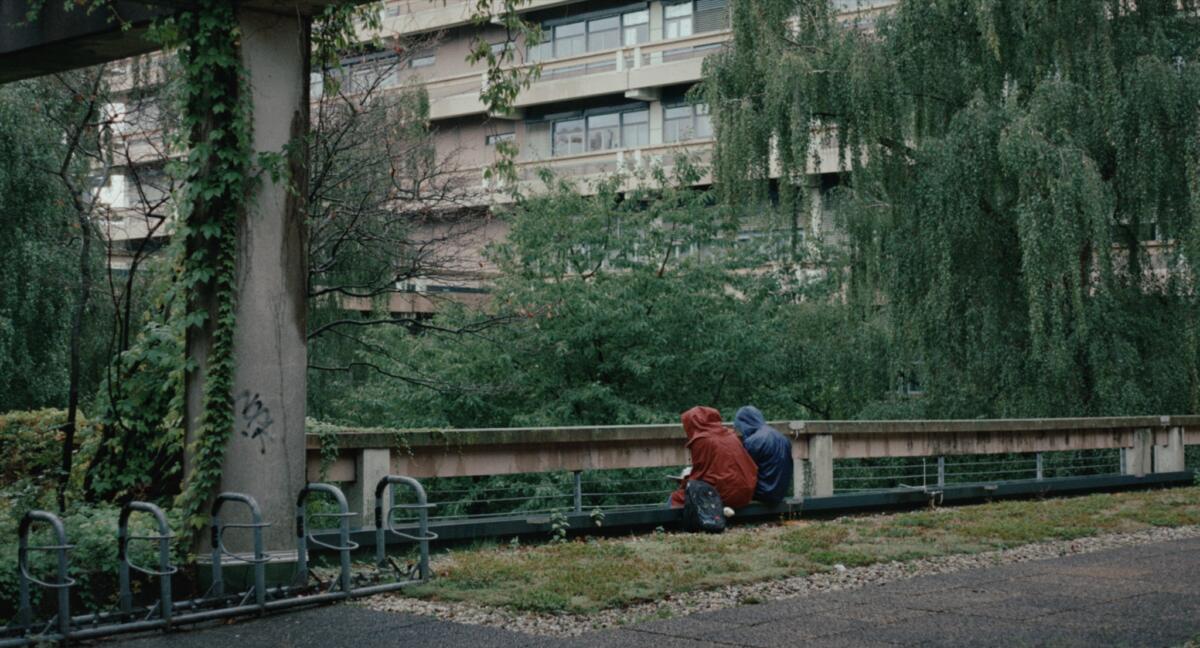
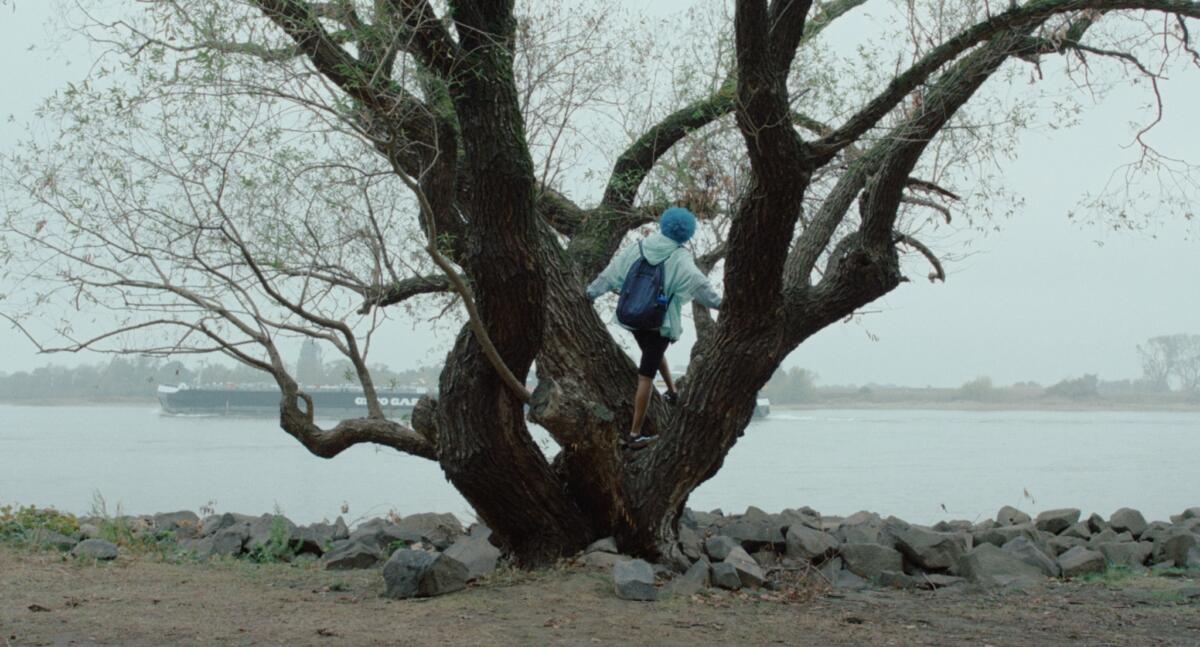
I also had an impression that there were a lot of works which were more connected not to sleep but to dreaming. The whole outcome of the show this year was quite positive from my point of view. Some works were dreamy in the way of believing in a better future, or trying to invent some ways to deal with problems, and some works were quite playful, like Stephanie Lüning’s Temporarily not Available or Maximiliane Baumgarthner’s Das Sprechende Eck. Was it intentional?
It’s nice that you think so, you are really the first one who says it, because one could also tell that a lot of artworks are quite melancholic or a bit depressing. Anyway, the attitude came out from the artists, it was not intentional. I think that the most positive thing is that you really can feel the power of art, because the works are so fruitful, so rich or so complex that you can feel that art is something which can have meaning for the life of everybody who’s willing to kind of enter this world. Working in public space means that our audience is not an art audience, or not only. There are a lot of visitors from the region; they often start, for example, with a project which is close to their homes and then they get interested in other works. I hope that they can maybe discover art as a partner for dialogue in times of crisis, or as something which gives you a feeling of the importance of art or culture in the more broad sense of everyday life. Because the traditional idea of the art museum, which you maybe come in contact with in school times, is quite authoritarian and not very inviting, let’s put it that way. But in public space you can maybe have a strong feeling for something, for example if you see this colorful kiosk by Viron Erol Vert, where you can hang out there and feel that it’s inviting, or that it can trigger ideas. Or Home Movie Factory by Michel Gondry. We had a kid over there, ten years old. He once came alone and he wanted to make a movie but there was nobody doing the movie with him. In the end, the exhibition keepers decided to make the movie with him. It’s really a very cute, a super cute movie. And for this boy, I think this is a memory he won’t forget. Suddenly the world opens up. Somehow this is my main approach to encourage these kinds of feelings.
Edited by Ewa Borysiewicz and Katie Zazenski
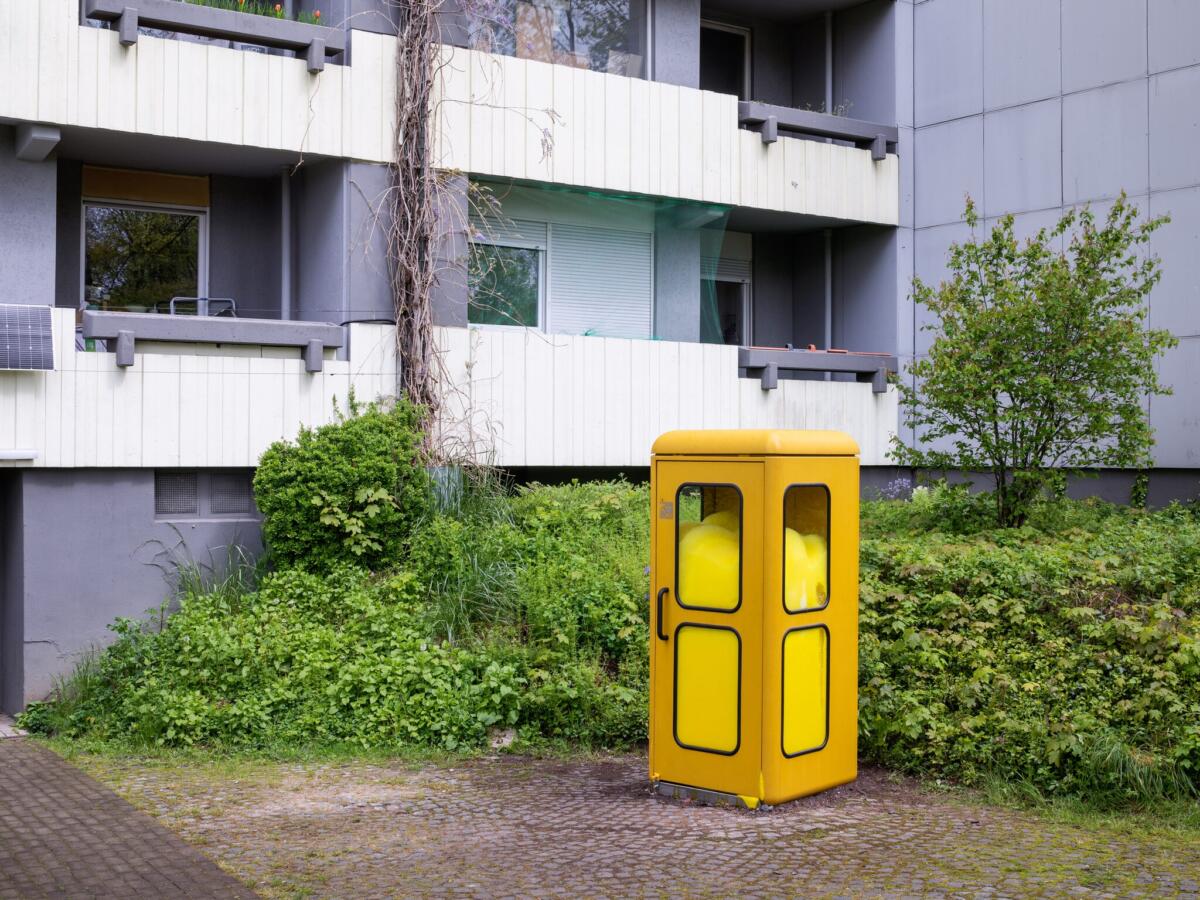
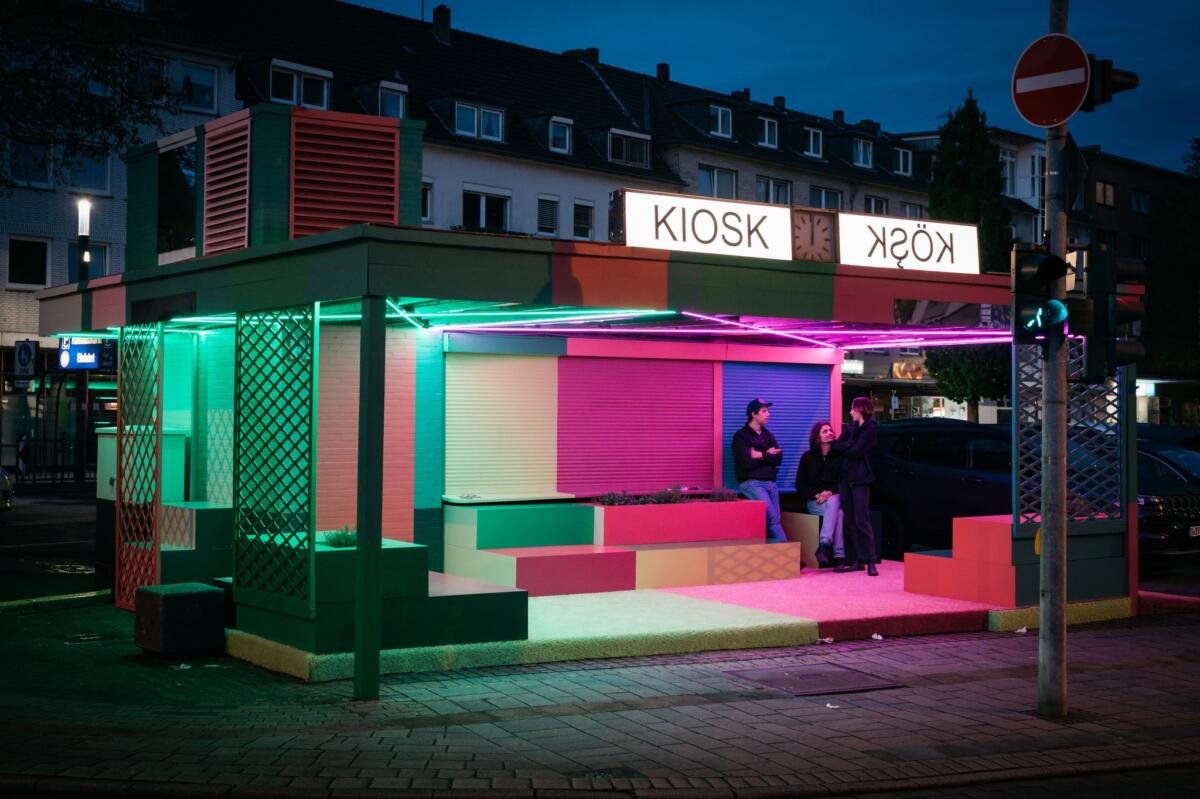
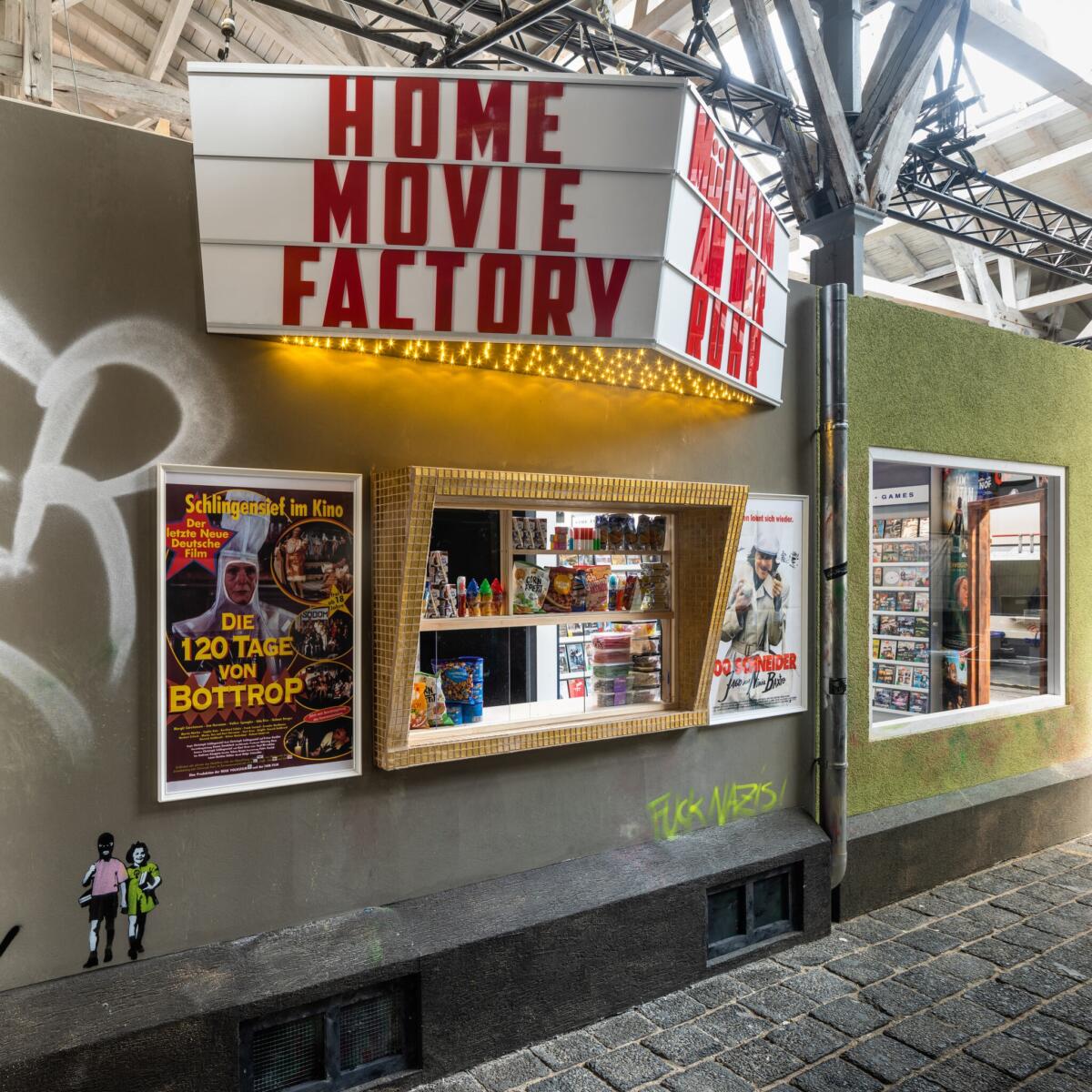
Imprint
| Artist | Wojciech Bąkowski, Maximiliane Baumgartner, Cute Community Radio, God's Entertainment, Michel Gondry's Home Movie Factory, Healing Complex, Nik Nowak, Katarina Jazbec, Nadia Kaabi-Linke, Stephanie Lüning, Melanie Manchot, Museum für Fotokopie, Yuri Pattison, Joanna Piotrowska, Kameelah Janan Rasheed, Alicja Rogalska, Nora Turato, Viron Erol Vert, The Wig |
| Exhibition | Ruhr Ding: Schlaf |
| Place / venue | Ruhr Area: Mülheim an der Ruhr, Witten, Essen, Gelsenkirchen |
| Dates | 5.5.–25.6.2023 |
| Curated by | Britta Peters |
| Website | www.urbanekuensteruhr.de/ |
| Index | Alicja Rogalska Britta Peters Emscherkunstweg Irina Haiduk Joanna Piotrowska Katarina Jazbec Makroscope Maximiliane Baumgarthner Michel Gondry Neue Essen Kunstverein Ruhr Area Ruhr Ding Ruhr Ding: Klima Ruhr Ding: Schlaf Ruhr Ding: Territorien Stephanie Lüning Urbane Künste Ruhr Vera Zalutskay Viron Erol Vert Yuri Pattison |

